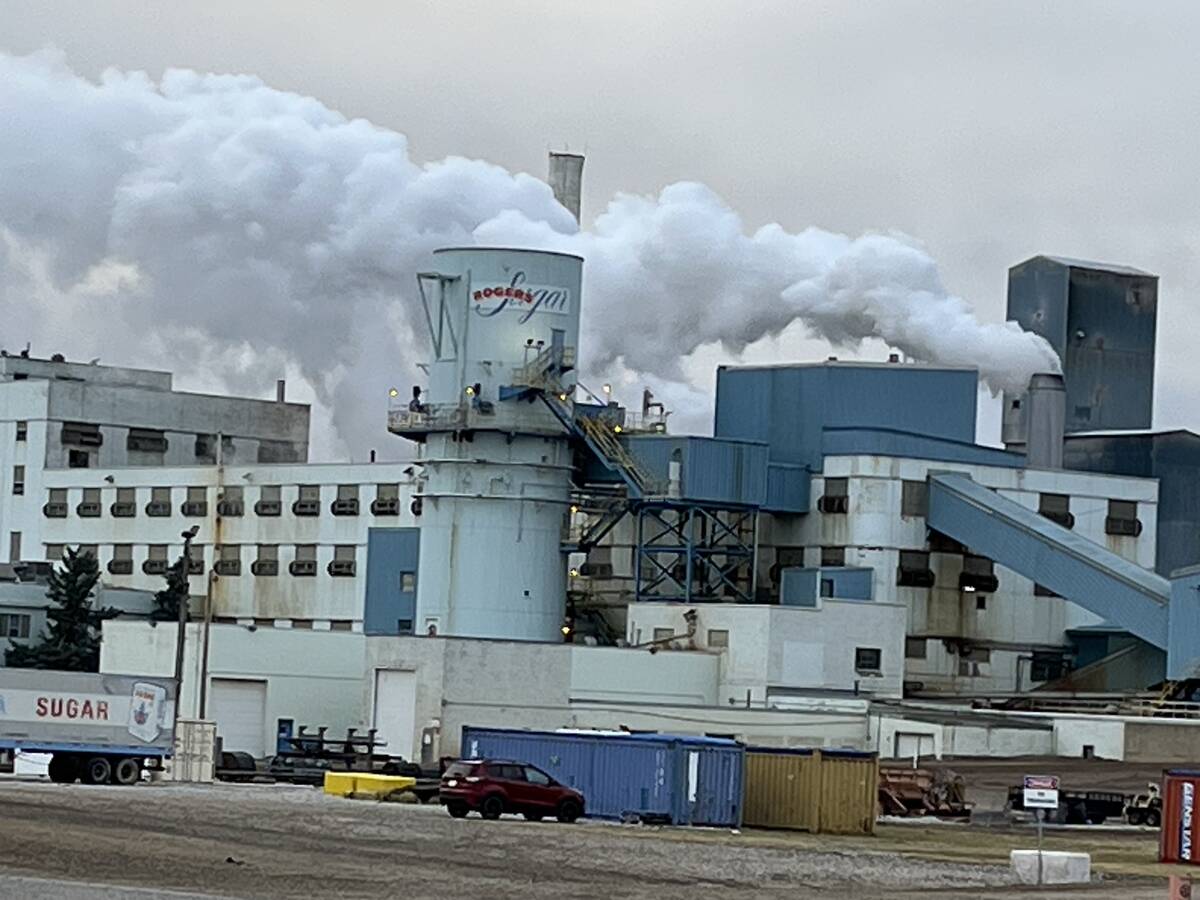EDMONTON – A provincial government report on rural Alberta gives a candid account of the hardships facing rural communities and the people who live there, says a university professor specializing in rural issues.
Roger Epp, interim academic dean at Augustana University College in Camrose, said Rural Development: Land of Opportunity doesn’t hide the hurt in rural areas and admits that the government’s so-called “Alberta Advantage” fails to benefit everybody.
“It’s strikingly frank, I would say,” said Epp.
“This is a report that identifies some real problems and doesn’t hide them. It acknowledges the growth in Alberta has been mainly in the Highway 2 corridor, even though that growth depends on the extraction of wealth from the hinterlands.”
Read Also

Sugar beet harvest underway in southern Alberta
Alberta Sugar Beet Growers hosts field tour to educate the public on the intricacies of the crop, its harvest process, and contracts with Lantic Sugar
The two MLAs on the government steering committee – Doug Griffiths, MLA for Wainwright, and Luke Ouellette, MLA for Innisfail-Sylvan Lake, spent more than a year reviewing previous reports and talking to hundreds of rural residents to come up with a picture of life in rural Alberta.
That picture – of volunteer burnout, crumbling arenas, hospitals that can’t keep doctors and towns that can’t attract businesses – may have surprised someone from Edmonton or Calgary, but it was a relief to rural residents that they were finally recognized.
“A lot of things in the report are what we’ve been saying for a number of years,” said Don Whittaker, reeve of the County of Vermilion River.
While the report made no financial announcements, Whittaker said he hoped the government will accept many of the recommendations and that money will start to flow back to rural Alberta.
“We need the reinvestment. We need the people to have the job opportunities to continue to make rural communities vibrant.”
Whittaker’s area, near the Saskatchewan border, has a lot of heavy oil and gas activity, which creates heavy truck traffic on rural roads. Whittaker estimated more than $40 million of resource revenue leaves the municipality each year in oil and gas money, but the transportation and road rebuilding grant is $640,000.
“By identifying some of the recommendations, they’ll be able to refocus some of those dollars back in rural Alberta,” he said.
While more than one-quarter of Alberta’s gross domestic product is generated in rural Alberta, income levels in rural areas were well below the provincial average.
In 1998, Alberta’s per capita income was $21,700, but in rural Alberta it ranged from $13,000 to $16,000. Few rural residents have access to high-paying jobs and few companies are willing to locate in rural areas because of poorer services.
“Many rural Albertans feel the Alberta Advantage supports the development of urban centres, but does not support, and may even hurt, the development of rural areas,” the report said.
It outlined 21 recommendations, which residents identified as key to the survival of rural communities.
Two main concerns were access and management of water, and government funding policies based on population. With only 19 percent of the province’s population, it is impossible for rural areas to maintain adequate services when government funding is based on population.
“The next two years are critical for rural Alberta,” Griffiths said during the news conference to release the report.
The recommendations are intended to be a framework for future government policy, he added.
“We want to outline a framework to make rural Alberta a prosperous place.”
The steering committee wants all government departments, including transportation, economic development and education, to include the recommendations for change in their upcoming business plans.
“There is no intent on the provincial government walking in and saving rural communities. The communities have to find ways and means to save themselves,” Griffiths said.
One of the recommendations is to create a small schools initiative, which recognizes that rural schools with low enrolments can’t be funded the same way as schools in Calgary and Edmonton, which have urban populations of more than a million.
There’s also an acknowledgement that not all small rural communities will survive.
Communities must work together to identify the barriers to attracting economic development and plans to work together with other communities in their areas, the report said.
“We need to help communities find out where their competitive advantages are,” Griffiths said.
Epp said the next step is for urban MLAs to buy into the recommendations and believe in the need for maintaining a vibrant rural community.
“Then the question is whether the government can embrace this. The test is going to be whether the caucus buys into this.”














